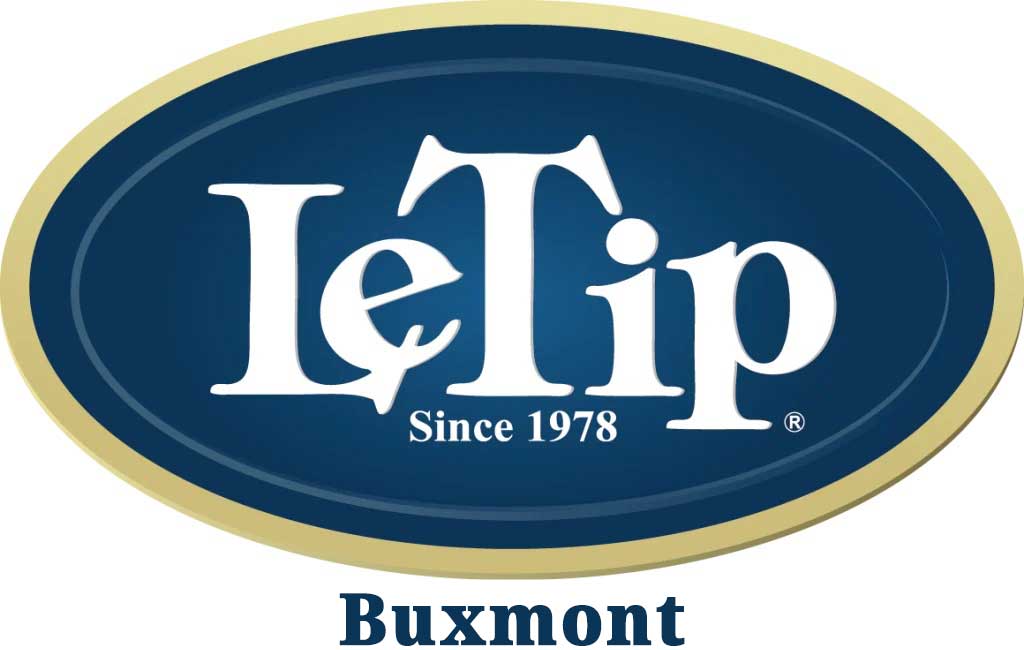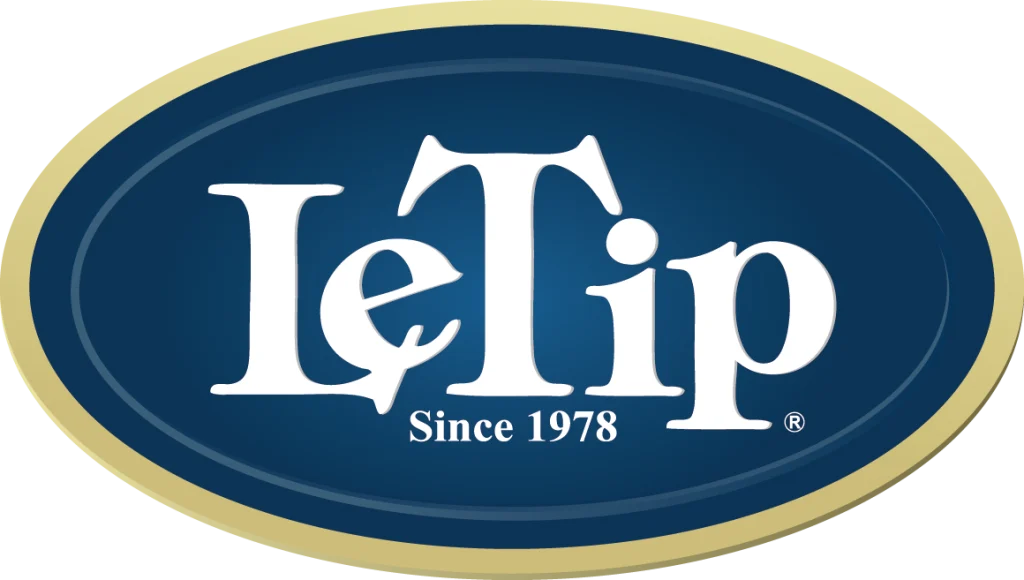A strong local referral network is more than a list of contacts; it’s your business’s direct line to new clients and lasting partnerships. For local businesses, referrals drive steady growth and help build trust in the community. When word-of-mouth comes from someone nearby, it carries weight and often leads to genuine, loyal customers.
Starting from scratch means thinking about who you can support and what value you bring to partners. It also takes a bit of strategy—offering help first, choosing the right people to connect with, and making it as easy as possible for others to refer you. This guide breaks down practical steps and proven habits to help you grow your network from the ground up. Let’s get started on making your business the one people recommend with confidence.
Laying the Groundwork: Defining Goals and Identifying Ideal Referral Partners
Strong local referral networks start with clarity. Before you send that first email or attend a local meetup, know what your business needs and who can help deliver the right clients. By defining your goals and detailing your ideal partners, you set up a referral strategy that grows faster, feels more natural, and builds lasting trust.

Photo by RDNE Stock project
Clarifying Your Business’s Needs and Referral Goals
To get the most out of any referral network, start by spelling out what your business actually wants.
Lay out your needs and goals:
- Pinpoint your top clients. Think about which clients light you up, pay well, and send you more business. Who are they? What challenges do they face? Be as specific as possible—build a profile or a simple list.
- Define your desired outcomes. Do you want more small but frequent projects, or fewer high-value clients? Set real numbers if possible, like “add 10 new clients in the next year.”
- Connect goals to growth. Every referral should move you closer to your long-term business goals. Do you want to grow a specific service, enter a new neighborhood, or boost sales by a specific percent? Your referral goals should support those plans.
A few ways to keep goals clear:
- Use the SMART framework (Specific, Measurable, Achievable, Relevant, Time-bound) for each goal.
- Write it down and share it with your team.
- Set up a simple checklist or dashboard. Track where referrals come from and which lead to your best work.
By getting clear on your needs and goals first, you make it easy for referral partners to spot the perfect clients for you.
Researching and Mapping Potential Referral Sources
Once you know who you want to serve, find the right people and organizations who can connect you with those clients.
Start with a brainstorming session:
- List out local professionals who serve the same audience you want. For example, if you’re a real estate agent, think mortgage brokers, home inspectors, or moving companies.
- Think about complementary businesses. These are companies that don’t compete with you, but do attract people in your target market. Yoga studios, accountants, pediatricians, contractors—each could be a solid referral source.
- Don’t forget organizations and groups. Local chambers of commerce, non-profits, and business associations are loaded with connectors who know your ideal clients.
Emphasize quality and relevance:
- Focus on partners with a reputation for trust and who naturally talk to your target clients every week.
- A handful of active, genuine partners is better than a list of 100 who barely remember you.
- Prioritize connections where you can offer real value in return, not just take.
Map your network visually or on paper:
- Draw a simple web or use a spreadsheet.
- Note who knows who and how strong the connections are.
- Update it as you build new relationships.
When you invest time up front in defining your business goals and mapping high-quality referral sources, you build a referral network that actually brings in the clients you want—without wasted effort.
Making Initial Connections: Outreach and Relationship-Building Strategies
Building a local referral network is all about people. Connection doesn’t start with a hard sell, it’s about making the right moves and being genuine from day one. Whether you’re reaching out online, bumping elbows at a local event, or finding ways to help a neighbor’s business, small steps set the stage for long-term trust. Here’s how to start strong and plant seeds that turn into real partnerships.

Photo by Pixabay
Effective Outreach Methods for Local Professionals
The best connections usually come from simple, personal introductions. Cold pitches have their place, but nothing beats a handshake, an introduction from a mutual contact, or a friendly face at a community event.
Approaches that work in 2025:
- Warm Introductions: Ask your current network if they know anyone worth meeting. A quick email intro or group text saves time and makes the first conversation much more comfortable. People are far more likely to trust you if you come recommended.
- Community Events: Attend local business breakfasts, trade shows, or volunteer for charity drives where business owners gather. Show up, listen, and take part in the conversation—not every meeting should be about your business.
- Email Outreach with a Personal Touch: Keep it short and personalized. AI tools can help you target the right send time and tailor your message, but don’t lose your real voice. Mention mutual interests, recent work, or a relevant neighborhood project to show you did your homework.
- Shared Connections: Use social media and business platforms like LinkedIn to spot mutual contacts. Reference that shared connection in your outreach. It lifts your message out of the spam pile and creates instant common ground.
- Follow Up Smartly: After your first touch, set a reminder to follow up in a few days. Two to three touches, spaced out, show you’re persistent but respectful.
By blending these methods, you avoid the “cold call” vibe. You start conversations that people actually want to continue.
Building Trust and Establishing Mutual Value
Strong referral networks don’t happen overnight. They’re built over steady, honest exchanges and by focusing on what you can give, not just what you want to get.
Create win-win partnerships through these habits:
- Give Before You Get: Offer to make helpful introductions, share resources, or refer clients before you expect anything in return. People remember who helped them first.
- Clear, Regular Communication: Check in with your partners, share updates about shared clients (with permission), and close the loop after a referral. Recap actions in writing so both sides are always on the same page.
- Focus on Long-Term Value: Approach each partnership as a marathon, not a sprint. Avoid “transactional thinking.” Ask your partners what problems they’re trying to solve—then brainstorm ways to help, even if it doesn’t benefit you right away.
- Be Honest about What You Can Offer: Set expectations early. If you’re just starting out, be upfront about your strengths and where you can offer support.
- Celebrate Wins and Learn from Mistakes: When a referral goes well, thank your partner and acknowledge their trust. If something goes wrong, own it and work to fix the problem.
It’s trust—not perfection—that keeps your network growing. When you focus on helping others, provide updates, and value long-term friendship over short-term trades, you’ll find the best partners return the favor. These habits are the real engine of local business growth.
Formalizing and Sustaining the Network
A steady flow of quality referrals depends on more than promises and handshakes. After making those first connections, you need a clear system for how referrals happen, how everyone stays in touch, and how you keep the network strong over time. This means putting simple but specific rules in place and treating your partners with respect and appreciation.
Setting Expectations and Creating Referral Agreements

Photo by RDNE Stock project
Start by talking with your partners about what makes a valuable referral. Not all leads are equal. One person’s “good prospect” might be another’s waste of time. When you agree on what counts as a good referral, it saves time and builds trust.
Key topics to lock in early:
- What qualifies as a good referral? Define the ideal client, budget range, and service needs.
- How should referrals be made? Do you prefer a quick call, group email, or a CRM notification? Make it easy and clear.
- What details should be shared? Set a standard: name, contact info, a bit of background.
- How is feedback handled? Let partners know if a referral was a fit, or not, and why.
Many business owners use simple written referral agreements. These are not scary contracts, but a short document (or even an email everyone replies “yes” to) outlining points like:
- Reciprocal expectations: Will both sides send referrals, or just one?
- Commission or reward structure: Is there a thank-you gift or fee?
- Privacy rules: How will you protect client information?
- Exit terms: Everyone needs a way to pause or end the agreement.
Some networks even use digital tools or basic spreadsheets to track referrals, dates sent, and outcomes. By formalizing the process and putting it in writing, you build reliability and head off confusion before it starts.
Regular Engagement, Recognition, and Follow-Up
Referral networks fade when people stop caring or forget the value. Keeping the network alive means regular, real engagement—not just “set it and forget it.”
Stay connected using these approaches:
- Monthly Check-Ins: A quick call or group coffee keeps lines open and builds comfort. Some partners like a simple group email update.
- Permission-Based Updates: Always ask if you can update a partner on the referral’s progress—it’s polite and builds trust.
- Recognition and Gratitude: Public thanks goes a long way. Try these:
- Handwritten Thank-You Notes: Personalized and memorable.
- Social Shoutouts: Tag partners on Instagram or Facebook after a successful project.
- Small Rewards: A coffee gift card or a donation in their name says “thanks.”
- Spotlight Features: Feature a partner in your newsletter or website.
- Track All Referrals: Use a simple tracking sheet or CRM to log:
- Referral date and details.
- Who sent it.
- Status and outcome.
- Any reward or feedback given.
Staying top-of-mind is like watering plants; a little regular attention keeps relationships healthy and referrals flowing. Recognition makes people feel valued, and prompt feedback helps everyone improve. A strong referral network is a long game—the best results come when you keep showing up, tracking results, and saying thanks.
Expanding and Scaling a Local Referral Network
As your local referral network matures, growing its reach and impact takes more than waiting for the next coffee meeting. Power comes from expanding your presence, digging into new circles, and using tech to keep connections strong and productive. Below you’ll find proven ways to bring new energy and smart organization to your referral efforts—helping your business grow wider and smarter, not just bigger.
Leveraging Events, Social Media, and Community Engagement
Tapping into the heart of your community can help your referral network reach new heights. When you show up where people gather, online and off, you become the familiar face everyone thinks of when a need arises.

Photo by Mikhail Nilov
Get out there and stay top-of-mind with these strategies:
- Host your own events: Lead a workshop, sponsor a coffee hour, or partner with others for educational seminars. Hosting lets you set the tone, draw the right crowd, and show off your expertise.
- Show up consistently: Attend chamber of commerce gatherings, charity runs, ribbon cuttings, or neighborhood cleanups. Consistency builds familiarity and trust.
- Get social (beyond business): Use platforms like Facebook Groups, Instagram Reels, or LinkedIn updates to highlight referrals, share small wins, and feature local partners. Tagging others in posts increases your exposure and builds goodwill.
- Share valuable content: Post how-to guides, behind-the-scenes stories, or short videos that solve common local problems. Content that helps gets shared—often by your referral partners.
- Sponsorships and community partnerships: Support local sports teams, art shows, or festivals. A modest sponsorship can introduce your services to whole new circles of families and businesses.
Pro tip: Make every new contact feel like they matter. Respond quickly, mention shared interests, and look for early ways to return a favor. People value generosity and the effort it takes to show up.
Utilizing Technology and Referral Management Tools
As your referral list grows, relying on sticky notes and memory is a recipe for missed chances. Good systems create clarity, save time, and let you focus on what matters—actual relationships.
Smart ways to use technology to scale your network:
- Referral tracking software: Tools like Referral Rock, ReferralCandy, or Viral Loops can help you track who sends referrals, measure results, and even automate reward systems for repeat engagement.
- CRM integration: Connect your referral efforts with a customer relationship management (CRM) tool like HubSpot, Zoho, or Salesforce. With everything in one place, no client or lead slips through the cracks.
- Automated reminders: Set up automatic follow-ups after a referral is sent, or create calendar reminders for check-ins. Even a simple recurring email keeps you from losing touch.
- Data dashboards: Platforms with analytics show which partners bring in the most business, who needs a thank-you, and what kind of referrals convert best. This helps you see where to invest more time—and where to pivot.
- Easy sharing: Give partners a simple way to refer you online, like a personalized link or digital card. The easier you make it for people to send you clients, the faster your network will expand.
Key benefits of using tech tools:
- Saves time and keeps you organized
- Provides a professional image
- Lets you reward and recognize partners right on schedule
- Gives you real data to adjust your strategy
Adopting the right tools and staying visible in the community creates the kind of network that grows almost on its own—full of the right people, steady referrals, and reliable results.
Conclusion
When you build a local referral network, you create steady business growth rooted in trust and genuine relationships. The most reliable networks come from giving value first, following up with care, and staying visible in your community. Tools and processes help keep things simple, but it’s your consistency and follow-through that set you apart.
Success comes from showing up, delivering value, and treating every connection with respect. The benefits show up in stronger partnerships, better clients, and a reputation people talk about. Start reaching out and support your partners—your referral network only grows when you make the first move.
Thanks for reading. Ready to put these ideas in motion? Share this guide with someone you trust, or take one step today to connect with a future partner. Your next great referral could be just around the corner.





